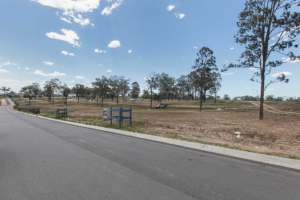What is PAYGW?
For those of us who are not so savvy with ATO acronyms, PAYGW stands for Pay As You Go Withholding.
This is a system of taxation that requires employers to withhold a portion of employees’ wages and then pay it to the ATO to offset expected year-end tax liabilities.
The system is usually more convenient for taxpayers, avoiding the accrual of large unexpected tax liabilities and also allows a more even flow of tax revenue for the Government.
What are the risks for failing to withhold?
There can be risks for business owners who are unaware of the PAYGW regime and who may pay cash to employees or pay wages through the Single Touch Payroll system, but who do not withhold the correct amount of PAYGW.
The consequence for failing to withhold tax on an employee’s wages is that an amount equal to the amount of tax not withheld must be paid to the ATO as a penalty.
Where an employer fails to withhold tax from their employee’s wages over a period of years, the penalties in the case of an ATO audit can be substantial and potentially crippling to a small business.
Additional risks for businesses who pay contractors
There can be additional risks for businesses who pay contractors. In some circumstances, despite having a contracting arrangement with an individual, the ATO would regard this person as an employee. Some factors that may indicate that a contractor should really be classified as an employee are:
- The employer pays the contractor on an hourly basis for their labour rather than on a ‘results’ basis
- The employer supplies any tools/equipment required for the work
- The employer is responsible for any warranty or faulty work
- The employer holds the workers compensation insurance
- The contractor does not have the right to delegate the work to someone else
- The business has the right to direct the way in which the worker does the work.
Businesses who use contractors should assess each one to check if they should actually be employed as employees and therefore have PAYGW deducted from their wages.
In the event that the ATO audits the business and classifies any contractors as employees, the ATO could apply the failure to withhold penalties along with interest on amounts from earlier periods. These amounts can be substantial in some cases.
Furthermore, employees who have been wrongly classified as contractors, may have rights to leave and super entitlements from the Employer, adding further costs to the employer’s business.
What do I need to do?
If you are an employer, have a look at the ATO page ‘PAYG withholding’ and register for PAYG withholding if required.
If you are a business that employs contractors, have a go at the ATO’s ‘Employee or contractor decision tool’ for each contractor.
If you need more help, speak to your Accountant or Bookkeeper or contact FAJ on (08) 9335 5211.
Other related blogs:
Employee or contractor – the risks of getting it wrong
Author: Heather Cox
Email: heather@faj.com.au

 Concessional super contributions are tax deductible to the contributor and are taxed at 15% when they are received by your super fund. They include:
Concessional super contributions are tax deductible to the contributor and are taxed at 15% when they are received by your super fund. They include:







